I have a multilevel repeated measures dataset of around 300 patients each with up to 10 repeated measures predicting troponin rise. There are other variables in the dataset, but I haven't included them here.
I am trying to use nlme to create a random slope, random intercept model where effects vary between patients, and effect of time is different in different patients. When I try to introduce a first-order covariance structure to allow for the correlation of measurements due to time I get the following error message.
Error in `coef<-.corARMA`(`*tmp*`, value = value[parMap[, i]]) : Coefficient matrix not invertible
I have included my code and a sample of the dataset, and I would be very grateful for any words of wisdom.
#baseline model includes only the intercept. Random slopes - intercept varies across patients
randomintercept <- lme(troponin ~ 1,
data = df, random = ~1|record_id, method = "ML",
na.action = na.exclude,
control = list(opt="optim"))
#random intercept and time as fixed effect
timeri <- update(randomintercept,.~. + day)
#random slopes and intercept: effect of time is different in different people
timers <- update(timeri, random = ~ day|record_id)
#model covariance structure. corAR1() first order autoregressive covariance structure, timepoints equally spaced
armodel <- update(timers, correlation = corAR1(0, form = ~day|record_id))
Error in `coef<-.corARMA`(`*tmp*`, value = value[parMap[, i]]) : Coefficient matrix not invertible
Data:
record_id day troponin
1 1 32
2 0 NA
2 1 NA
2 2 NA
2 3 8
2 4 6
2 5 7
2 6 7
2 7 7
2 8 NA
2 9 9
3 0 14
3 1 1167
3 2 1935
4 0 19
4 1 16
4 2 29
5 0 NA
5 1 17
5 2 47
5 3 684
6 0 46
6 1 45440
6 2 47085
7 0 48
7 1 87
7 2 44
7 3 20
7 4 15
7 5 11
7 6 10
7 7 11
7 8 197
8 0 28
8 1 31
9 0 NA
9 1 204
10 0 NA
10 1 19


